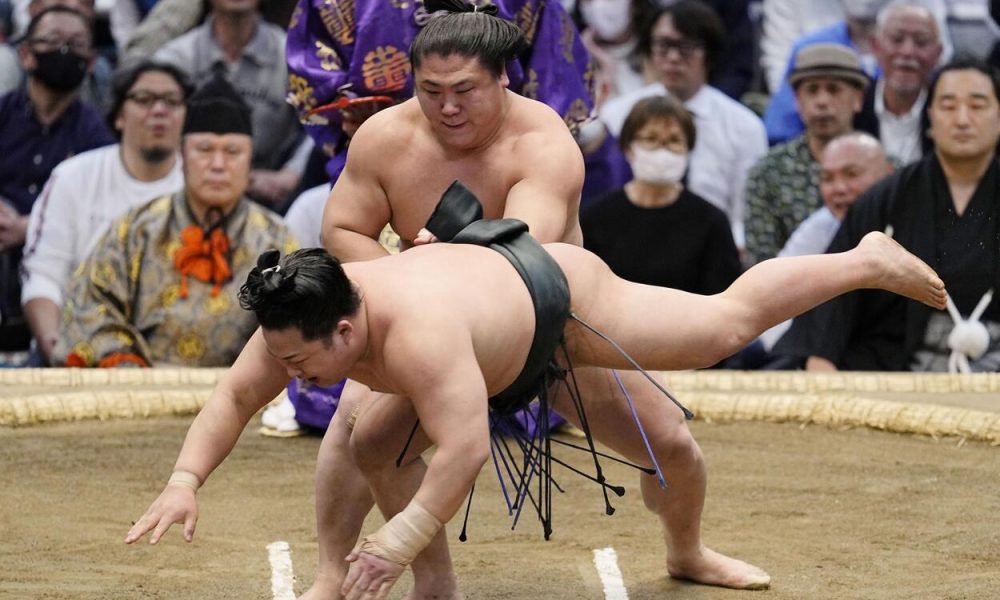In an unforgettable evening at the Royal Albert Hall, the first official sumo tournament held outside Japan in 34 years mesmerized an excited crowd. The atmosphere was electric as spectators from diverse backgrounds gathered to witness the ancient sport’s intricate rituals and thrilling action.
The tournament’s venue was meticulously prepared over four days. The dohyo, or sumo ring, was crafted from clay imported from Kettering, ensuring the earth’s perfect consistency. The six-tonne wooden canopy was assembled, and the rice-straw bales were carefully shaped using empty beer bottles—an unusual but effective method. The entire setup was blessed by three priests, symbolizing the sacredness of sumo, an element that was emphasized by the Japanese Sumo Association’s chair, Hakkaku, who welcomed the crowd with a speech highlighting the cultural significance of the event.
The crowd, a mix of corporate elites, diplomats, and passionate sumo fans, were treated to more than just athleticism. The ritualistic aspects of sumo—such as the ceremonial foot stomping and salt tossing—delighted the audience, who cheered and applauded every show of skill and tradition. The tournament marked a successful return of sumo to London, a venue last visited in 1991, and served as a diplomatic effort to promote the sport globally.
For many in the audience, it was the first time experiencing sumo live after years of following the sport online. Richard Riggs, vice-president of the British Sumo Association, expressed his excitement, sharing how the sport had captivated him. Having transitioned from rugby to sumo during the lockdown, Riggs quickly rose to the ranks of the British national team. His club in Barnsley is one of the growing number of European sumo institutions, reflecting the increasing global appeal of the sport.
Sumo, known for its depth and complexity, is not just about raw strength. Wrestlers employ a variety of techniques, with 82 different ways to win a single match. Despite the initial perception that sumo is about brute force, it is a highly technical and strategic sport. This intricate balance of power and precision is what makes sumo so captivating to watch.
Among the competitors were two Ukrainian wrestlers, and their performances were especially meaningful. With the number of sumo wrestlers in Japan declining, the Japanese Sumo Association hopes tournaments like these will inspire more European athletes to take up the sport, ensuring its future for generations to come.

